Financial Black Hole: Stablecoins Are Devouring Banks
Editor’s Note: In the ongoing digitalization of the global financial system, stablecoins are emerging as an undeniable force. They exist outside traditional banks, money market funds, and payment systems, yet are actively reshaping dollar flows, challenging monetary policy transmission mechanisms, and sparking profound debates about the fundamental nature of financial order.
This article examines stablecoins through the lens of “narrow banking” history, analyzing how they replicate this model on-chain and influence U.S. Treasury markets and global financial liquidity through what the author calls the “liquidity black hole effect.” With regulatory frameworks still evolving, the non-cyclical expansion of stablecoins and their systemic risks have become unavoidable topics in financial circles.
The original article follows:
Stablecoins Resurrect “Narrow Banking”
For over a century, monetary reformers have proposed various concepts of “Narrow Banking”—financial institutions that issue currency but don’t provide credit. From the Chicago Plan of the 1930s to the modern The Narrow Bank (TNB) proposal, the core idea is to prevent bank runs and systemic risk by requiring currency issuers to hold only safe, highly liquid assets like government bonds.
But regulators have consistently rejected the implementation of narrow banking.
Why? Because despite being theoretically safe, narrow banks would disrupt the core of the modern banking system—the credit creation mechanism. They would drain deposits from commercial banks, hoard risk-free collateral, and break the connection between short-term liabilities and productive lending.
Ironically, the crypto industry has now “resurrected” the narrow banking model in the form of fiat-backed stablecoins. Stablecoins behave almost identically to narrow bank liabilities: they are fully collateralized, instantly redeemable, and primarily backed by U.S. Treasury securities.
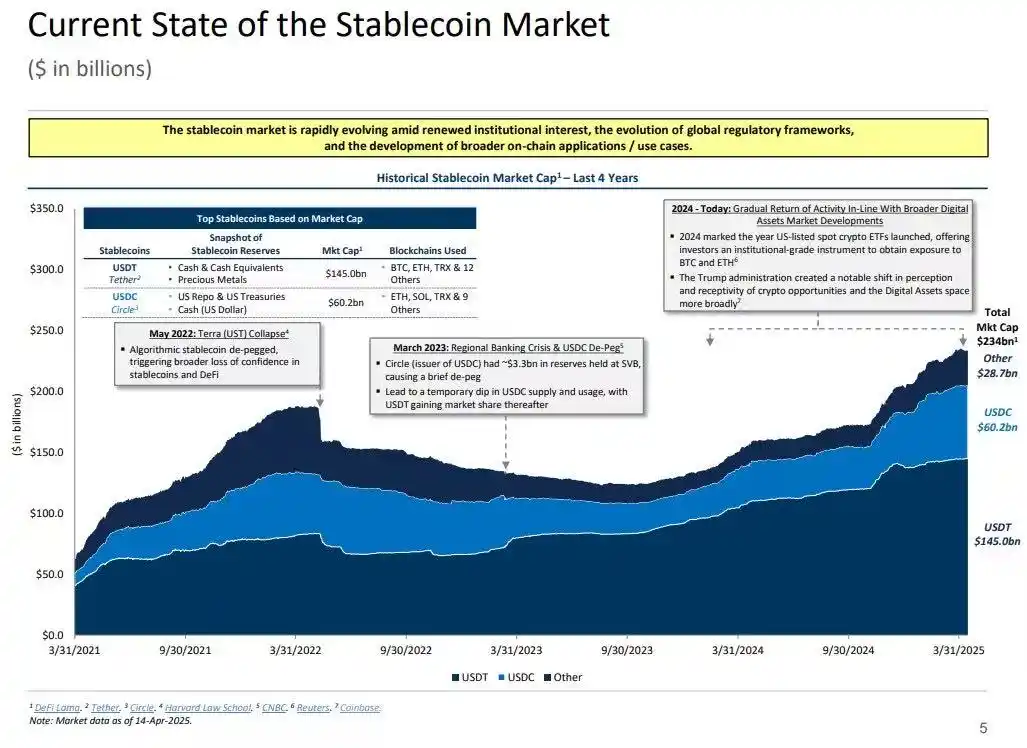
After successive bank failures during the Great Depression, economists from the Chicago School proposed a concept: completely separating money creation from credit risk. According to the “Chicago Plan” of 1933, banks would be required to hold 100% reserves against demand deposits, and loans could only come from time deposits or equity, not from deposits used for payments.
The original intention was to eliminate bank runs and reduce financial system instability. Because if banks couldn’t use deposits for lending, they wouldn’t fail due to liquidity mismatches.
In recent years, this idea has reappeared in the form of “narrow banking.” Narrow banks accept deposits but only invest in safe, short-term government securities, such as Treasury bills or Federal Reserve reserves. A recent example is The Narrow Bank (TNB), which applied in 2018 for access to the Fed’s interest on excess reserves (IOER) but was rejected. The Fed worried that TNB would become a risk-free, high-yield deposit alternative that would “weaken the transmission mechanism of monetary policy.”
What regulators truly fear is: if narrow banks succeed, they could undermine the commercial banking system, drain deposits from traditional banks, and hoard safe collateral. In essence, narrow banks create money-like instruments without supporting credit intermediation functions.
My personal “conspiracy theory” view is that the modern banking system is fundamentally a leveraged illusion that operates on the premise that no one tries to “find the exit.” And narrow banks directly threaten this model. But thinking carefully, it’s not really a conspiracy—it simply reveals the fragility of the existing system.
Central banks don’t directly print money but indirectly control through commercial banks: encouraging or restricting lending, providing support during crises, and maintaining sovereign debt liquidity by injecting reserves. In exchange, commercial banks receive zero-cost liquidity, regulatory tolerance, and implicit bailout promises during crises. In this structure, traditional commercial banks aren’t neutral market participants but tools for state intervention in the economy.
Now, imagine a bank saying: “We don’t want leverage; we just want to provide users with safe money backed 1:1 by Treasury bonds or Fed reserves.” This would make the existing fractional reserve banking model obsolete, directly threatening the current system.
The Fed’s rejection of TNB’s master account application exemplifies this threat. The problem isn’t that TNB would fail, but that it might actually succeed. If people could access a currency that’s always liquid, has no credit risk, and earns interest, why would they keep money in traditional banks?
This is precisely where stablecoins enter the picture.
Fiat-backed stablecoins have essentially replicated the narrow banking model: issuing digital liabilities redeemable for dollars and backing these liabilities 1:1 with safe, liquid off-chain reserves. Like narrow banks, stablecoin issuers don’t use reserve funds for lending. Although issuers like Tether currently don’t pay interest to users, that’s beyond the scope of this article. This article focuses on stablecoins’ role in the modern monetary structure.
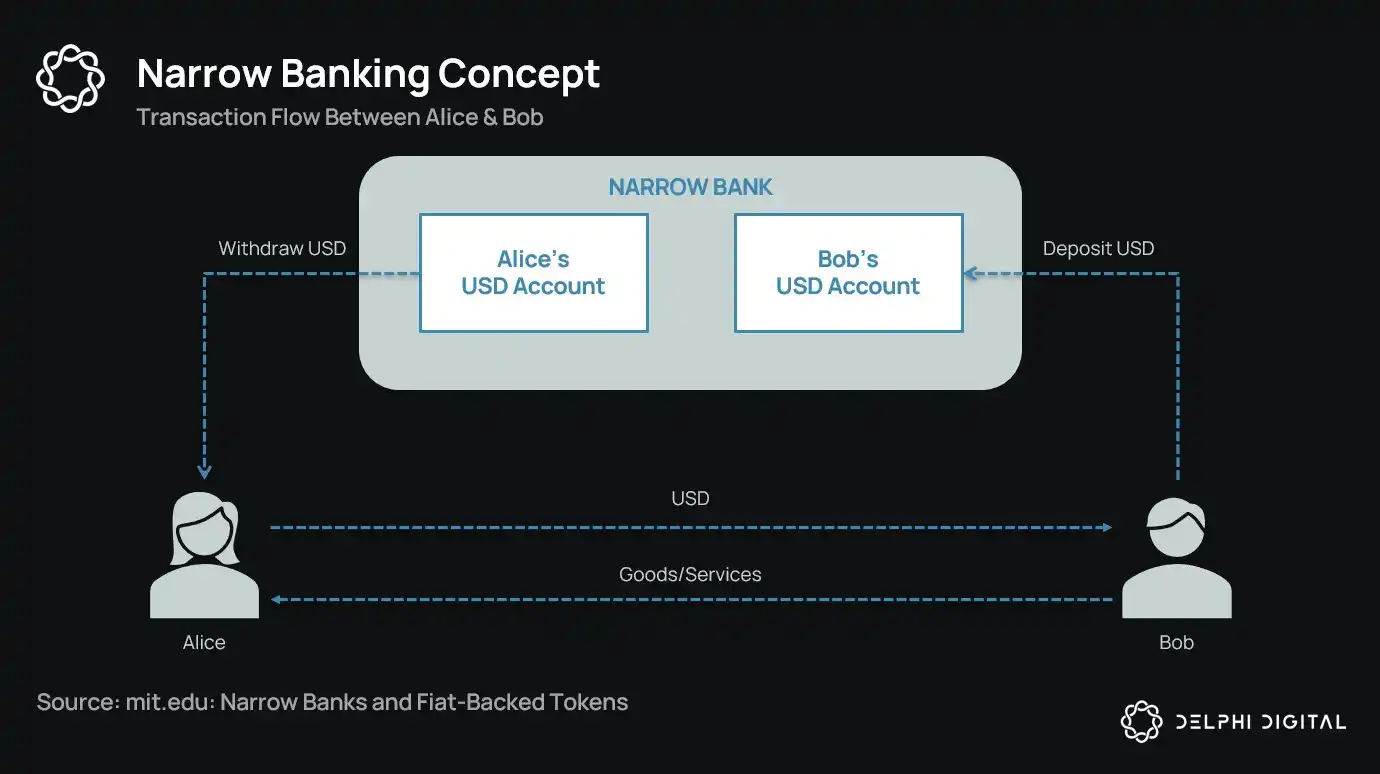
The assets are risk-free, liabilities are instantly redeemable, with the properties of par value currency; no credit creation, no maturity mismatch, and no leverage.
And while narrow banks were “strangled” by regulators in their infancy, stablecoins haven’t faced similar restrictions. Many stablecoin issuers operate outside the traditional banking system, with demand growing consistently, especially in high-inflation countries and emerging markets—regions that often struggle to access dollar banking services.
From this perspective, stablecoins have evolved into a kind of “digitally native Eurodollar,” circulating outside the U.S. banking system.
But this raises a key question: what happens to systemic liquidity when stablecoins absorb enough U.S. Treasury securities?
The Liquidity Blackhole Thesis
As stablecoins grow in scale, they increasingly resemble global liquidity “islands”: absorbing dollar inflows while locking safe collateral in a closed loop that cannot re-enter traditional financial circulation.
This could lead to a “liquidity blackhole” in the U.S. Treasury market—where large amounts of Treasury securities are absorbed by the stablecoin system but cannot circulate in traditional interbank markets, affecting the overall financial system’s liquidity supply.
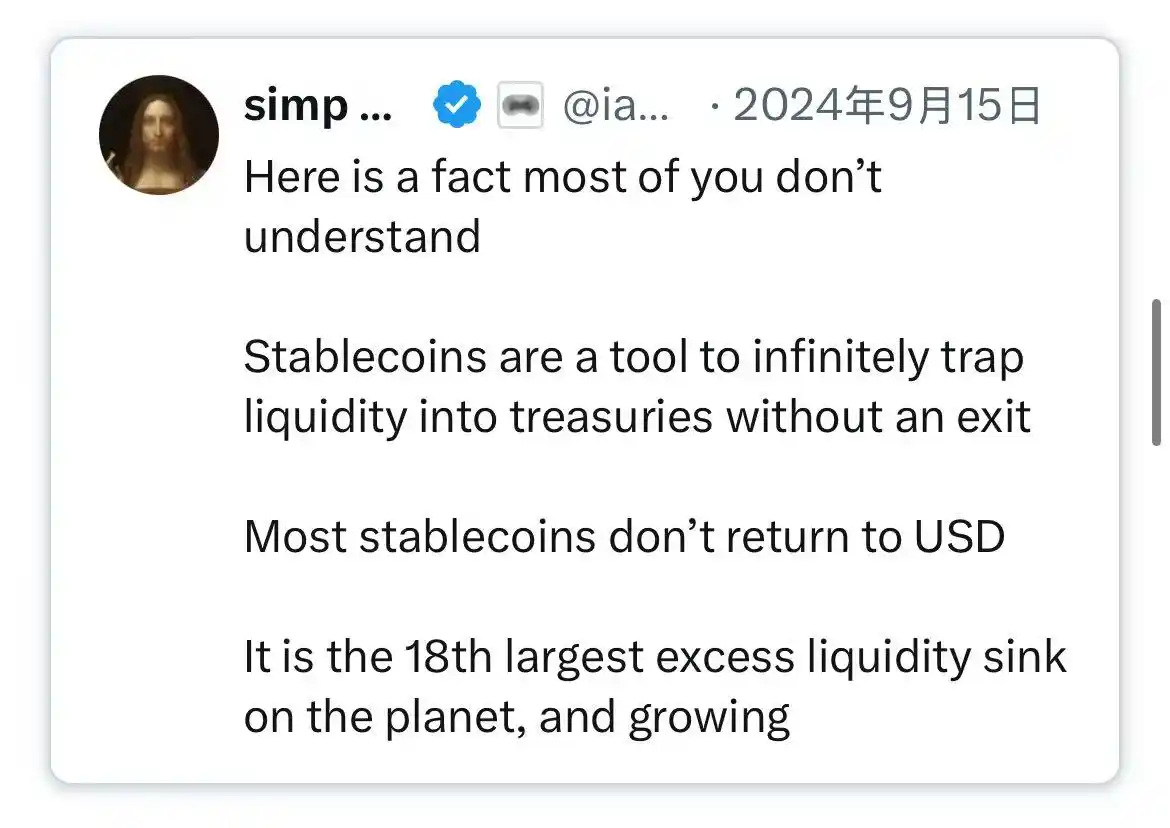
Stablecoin issuers are long-term net buyers of short-term U.S. Treasury securities. Every dollar of stablecoins issued must be backed by an equivalent value of assets on the balance sheet—typically Treasury bills or reverse repo positions. But unlike traditional banks, stablecoin issuers don’t sell these Treasuries for lending or to pivot toward riskier assets.
As long as stablecoins remain in circulation, their reserves must continue to be held. Redemptions only occur when users exit the stablecoin system, which is rare because on-chain users typically just exchange between different tokens or use stablecoins as long-term cash equivalents.
This makes stablecoin issuers one-way liquidity “black holes”: they absorb Treasury securities but rarely release them. When these Treasuries are locked in custodial reserve accounts, they exit the traditional collateral cycle—they can’t be re-pledged or used in repo markets, effectively removed from the monetary circulation system.
This creates a “monetary sterilization effect.” Just as the Fed’s quantitative tightening (QT) tightens liquidity by removing high-quality collateral, stablecoins do the same—but without any policy coordination or macroeconomic objectives.
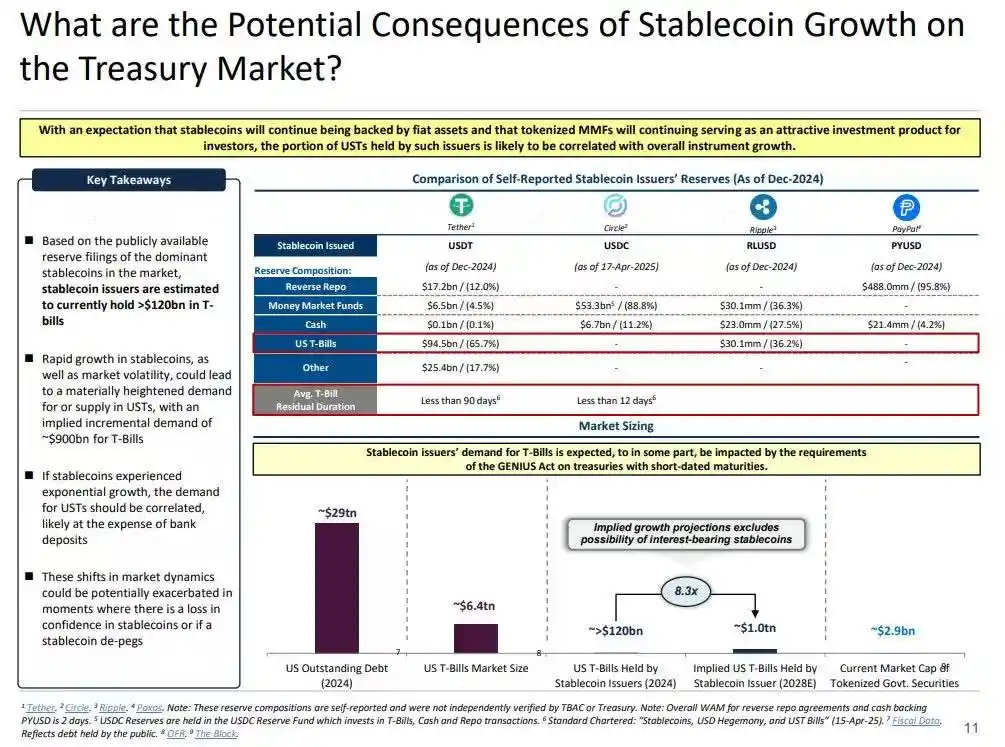
Even more potentially disruptive is the concept of “Shadow QT” with continuous feedback loops. It’s non-cyclical, not adjusting to macroeconomic conditions, but continuously expanding with growing stablecoin demand. And because many stablecoin reserves are custodied in offshore jurisdictions with lower transparency outside the U.S., regulatory visibility and coordination difficulties increase accordingly.
Worse yet, this mechanism may become procyclical in certain situations. During periods of heightened market risk aversion, demand for on-chain dollars often rises, driving increased stablecoin issuance, further withdrawing more U.S. Treasury securities from the market—precisely when the market most needs liquidity, the black hole effect intensifies.
Although stablecoins remain much smaller in scale compared to the Fed’s quantitative tightening (QT), their mechanisms are highly similar, and their macroeconomic impacts are identical: fewer Treasury securities circulating in the market; tightening liquidity; and marginal upward pressure on interest rates.
Moreover, this growth trend hasn’t slowed but has significantly accelerated over the past few years.
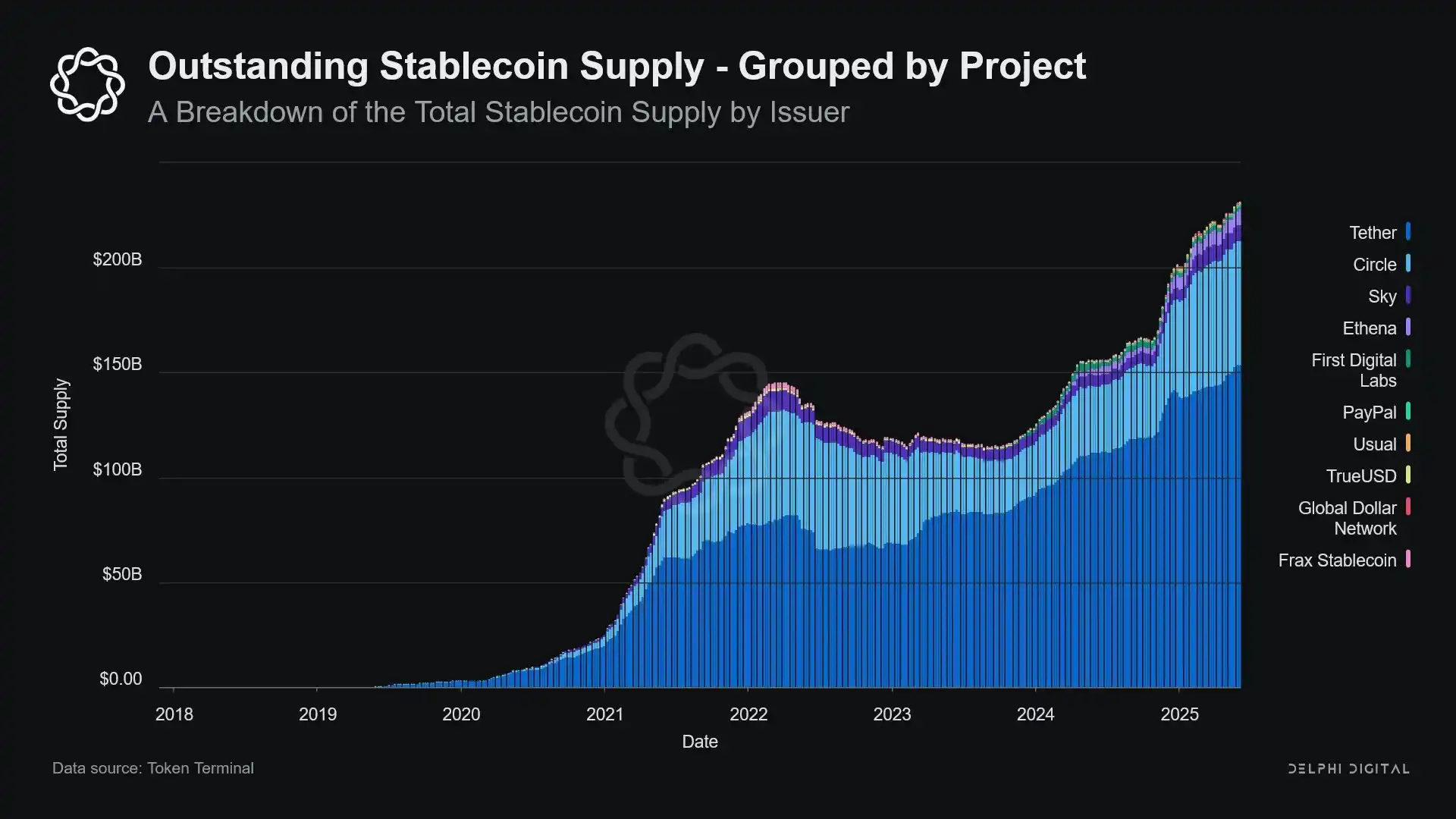
Policy Tensions and Systemic Risk
Stablecoins exist at a unique intersection: they’re neither banks, nor money market funds, nor traditional payment service providers. This ambiguous identity creates structural tensions for policymakers: too small to be considered systemic risks requiring regulation; too important to be simply banned; too useful, yet too dangerous to develop freely without regulation.
A key function of traditional banks is transmitting monetary policy to the real economy. When the Fed raises rates, bank credit tightens, deposit rates adjust, and credit conditions change. But stablecoin issuers don’t lend, so they can’t transmit interest rate changes to the broader credit markets. Instead, they absorb high-yielding U.S. Treasury securities, provide no credit or investment products, and many stablecoins don’t even pay interest to their holders.
The Fed’s reason for denying The Narrow Bank (TNB) access to a master account wasn’t due to credit risk concerns, but fears of financial disintermediation. The Fed worried that if a risk-free bank offered interest-bearing accounts backed by reserves, it would attract massive flows from commercial banks, potentially disrupting the banking system, squeezing credit capacity, and concentrating monetary power in a “liquidity-sterilizing vault.”
The systemic risks posed by stablecoins are similar—but this time, they don’t even need Fed access.
Moreover, financial disintermediation isn’t the only risk. Even if stablecoins don’t offer yields, there’s still “run risk”: once the market loses confidence in reserve quality or regulatory attitudes, it could trigger large-scale redemptions. In such scenarios, issuers might be forced to sell Treasury securities under market pressure, similar to the money market fund crisis of 2008 or the UK LDI crisis of 2022.
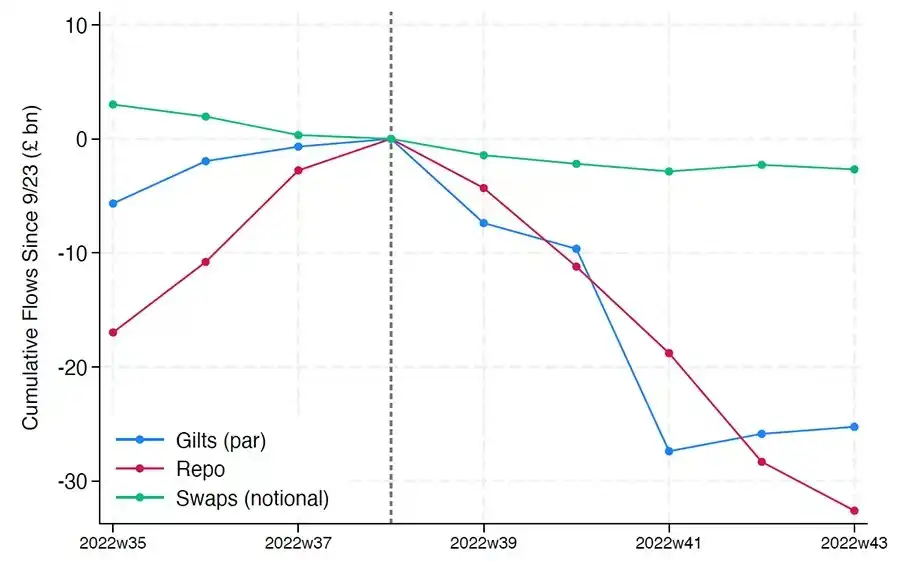
Unlike banks, stablecoin issuers have no “lender of last resort.” Their shadow banking nature means they can rapidly grow into systemic roles but could collapse just as quickly.
However, like Bitcoin, there are small instances of “seed phrase loss.” In the stablecoin context, this means some funds will be permanently locked in U.S. Treasury securities, unredeemable, effectively becoming a liquidity black hole.
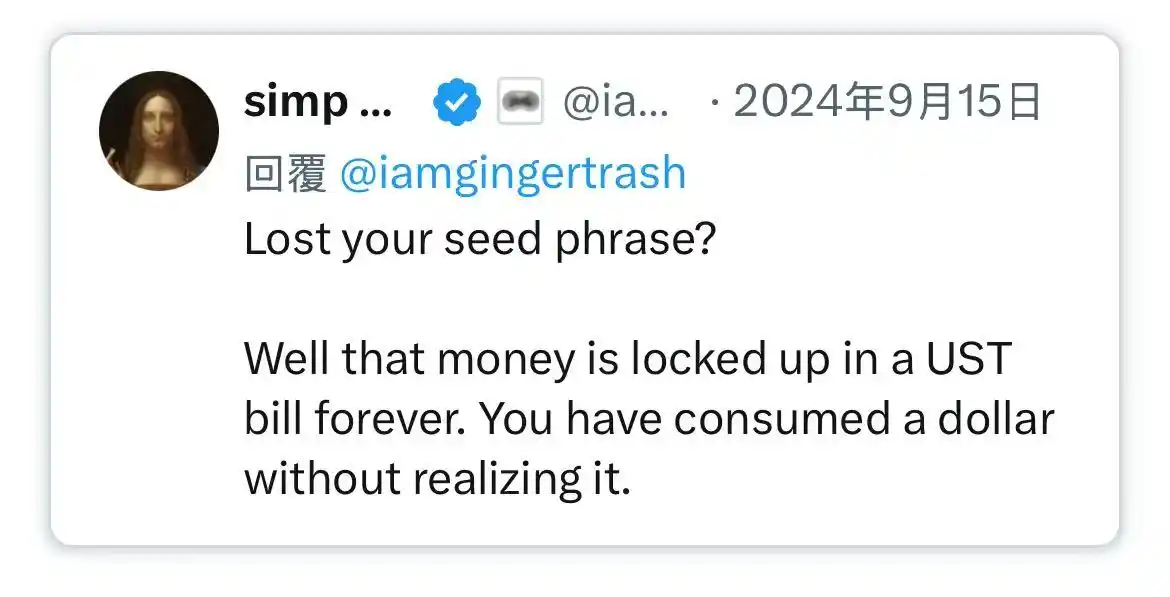
Stablecoins, initially just fringe financial products in crypto trading venues, have now become major channels for dollar liquidity, pervading exchanges, DeFi protocols, and extending to cross-border remittances and global commercial payments. Stablecoins are no longer fringe infrastructure; they’re gradually becoming the underlying architecture for dollar transactions outside the banking system.
Their growth is “sterilizing” collateral, locking safe assets in cold storage reserves. This is a form of balance sheet contraction occurring outside central bank control—a kind of “ambient QT” (ambient quantitative tightening).
And while policymakers and the traditional banking system are still struggling to maintain the old order, stablecoins have already quietly begun reshaping it.
Disclaimer:
- This article is reprinted from [BlockBeats], with copyright belonging to the original author [@ 0x_Arcana]. If you have objections to the reprint, please contact the Gate Learn team, who will handle it according to relevant procedures as quickly as possible.
- Disclaimer: The views and opinions expressed in this article represent only the author’s personal views and do not constitute any investment advice.
- Translations of this article in other languages are done by the Gate Learn team and may not be copied, distributed, or plagiarized without mentioning Gate.
Related Articles

The Future of Cross-Chain Bridges: Full-Chain Interoperability Becomes Inevitable, Liquidity Bridges Will Decline

Solana Need L2s And Appchains?

Sui: How are users leveraging its speed, security, & scalability?

Navigating the Zero Knowledge Landscape

What is Tronscan and How Can You Use it in 2025?
